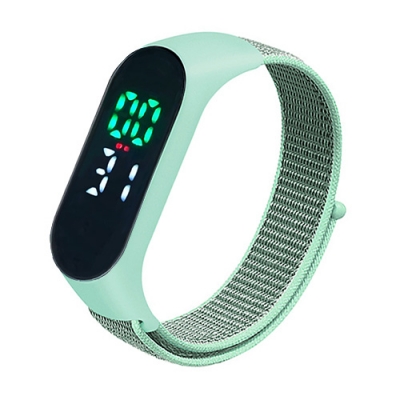Recently, GS1 released the new label data standard TDS 2.0, which is an update to the existing EPC data coding standard, which is said to focus on perishable goods, such as food and related products in the food service industry. At the same time, this latest update for the food industry uses a new coding scheme that allows the use of product-specific data, such as the packaging time of fresh foods, their lot and batch numbers, and their potential "use by" or "sell by" shelf life.
The TDS 2.0 standard offers potential benefits not only for the food industry, but also for pharmaceutical companies and their customers and distributors, who face similar issues in meeting shelf life and obtaining full traceability.
Currently, some companies are already applying passive UHF RFID tags to food products, which also allows them to provide cost control and supply chain visualization from manufacturing and then to tracking these goods to restaurants or stores.
RFID is now widely used in the retail industry to track merchandise (items that need to be moved, such as clothing) for inventory management. The food sector, however, has different requirements. The industry needs to deliver fresh food within shelf life and then sell it, and it also needs to be easy to track during the recall process if there is a problem with the food. What's more, companies in this sector are facing increasing regulations regarding the safety of perishable foods.
When it comes to retail apparel deployments, merchandise tracking involves EPC codes that contain Global Trade Item Numbers (GTINs) and serial numbers, thereby tracking products through unique identification, but such data has little other useful content. As a result, food companies have less to gain from the inventory tracking process with such RFID solutions. However, there are workarounds for companies that track perishable or time-sensitive goods. The data can be stored in a cloud-based server that can be accessed when someone reads the UHF RFID tag.
A global solution in the form of TDS 2.0 is being built at record speed to meet the needs of the food service industry. The solution allocates additional space on the EPC storage block of the RFID chip to store more data. This information typically includes the batch, batch date or net weight.
The data written to the tag is designed to be unmodifiable and is structured similarly to the analog tracking ID number, the GS1-128 barcode, which is typically printed on the side of a box or carton that passes through the supply chain, GS1 explained. The structure of the code is similar to the layout of the TDS 2.0 standard. Regarding the GS1-128 barcode, Gregory said the data cannot be changed midstream, but is presented in a standardized manner.
For those reading tag data, standard fixed or handheld RFID readers can be used, with only a few firmware upgrades, to capture detailed information about perishable items passing through a warehouse or arriving at a fast food restaurant. Using TDS 2.0 for additional data storage will require higher memory than the existing standard UHF RFID chip with 128-bit EPC memory.














